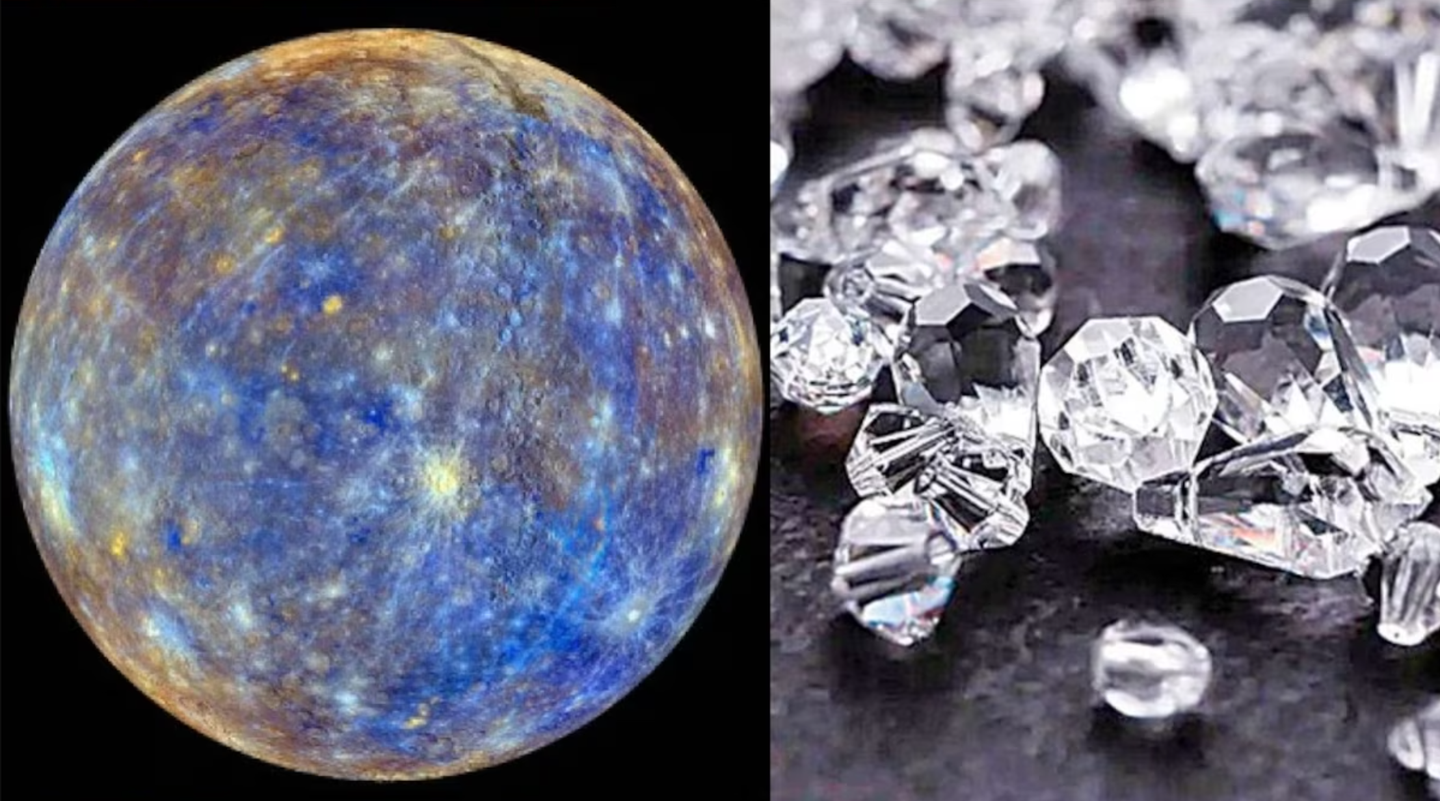MicroRNA can regrow 90% of lost hair, new research finds
Researchers from North Carolina State University have identified a microRNA (miRNA) that could promote hair regeneration.

[Jan. 13, 2023: Ke Cheng, NC State University]
Hair growth depends on the health of dermal papillae (DP) cells, which regulate the hair follicle growth cycle. (CREDIT: Creative Commons)
People affected by moderate hair loss turn to topical treatments like minoxidil (antihypertensive potassium channel opener) and finasteride (dihydrotestosterone-suppressing 5α-reductase inhibitor), the only Food and Drug Administration–approved treatments for inducing hair regrowth. Both are designed not for hair loss treatment but serendipity.
Researchers from North Carolina State University have identified a microRNA (miRNA) that could promote hair regeneration. This miRNA – miR-218-5p – plays an important role in regulating the pathway involved in follicle regeneration, and could be a candidate for future drug development.
Hair growth depends on the health of dermal papillae (DP) cells, which regulate the hair follicle growth cycle. Current treatments for hair loss can be costly and ineffective, ranging from invasive surgery to chemical treatments that don’t produce the desired result. Recent hair loss research indicates that hair follicles don’t disappear where balding occurs, they just shrink. If DP cells could be replenished at those sites, the thinking goes, then the follicles might recover.
A research team led by Ke Cheng, Randall B. Terry, Jr. Distinguished Professor in Regenerative Medicine at NC State’s College of Veterinary Medicine and professor in the NC State/UNC Joint Department of Biomedical Engineering, cultured DP cells both alone (2D) and in a 3D spheroid environment. A spheroid is a three-dimensional cellular structure that effectively recreates a cell’s natural microenvironment.
Related Stories:
In a mouse model of hair regeneration, Cheng looked at how quickly hair regrew on mice treated with 2D cultured DP cells, 3D spheroid-cultured DP cells in a keratin scaffolding, and the commercial hair loss treatment Minoxidil. In a 20-day trial, mice treated with the 3D DP cells had regained 90% of hair coverage at 15 days.
“The 3D cells in a keratin scaffold performed best, as the spheroid mimics the hair microenvironment and the keratin scaffold acts as an anchor to keep them at the site where they are needed,” Cheng says. “But we were also interested in how DP cells regulate the follicle growth process, so we looked at the exosomes, specifically, exosomal miRNAs from that microenvironment.” Exosomes are tiny sacs secreted by cells that play an important role in cell to cell communication. Those sacs contain miRNAs.
MiRNAs are small molecules that regulate gene expression. Cheng and his team measured miRNAs in exosomes derived from both 3D and 2D DP cells. In the 3D DP cell-derived exosomes, they pinpointed miR-218-5p, a miRNA that enhances the molecular pathway responsible for promoting hair follicle growth. They found that increasing miR-218-5p promoted hair follicle growth, while inhibiting it caused the follicles to lose function.
The preparation and characterization of 3D DP spheroids. (A) Isolation of mouse dermal papilla (DP) cells from vibrissae. Scale bar, 500 μm. (B) Conventional culture enables the growth of 2D DP cells. Scale bar, 50 μm. (C) Growth of DP spheroids in ultralow cell culture flasks. Scale bar, 100 μm. (D) Double staining of CD133 (green) and β-catenin (red) in spheroids. Scale bar, 100 μm. (E and F) Scanning electron microscopy (SEM) images of keratin (E) and 3D spheroid–loaded keratin. (F) One obvious spheroid is highlighted in yellow. Scale bars, 100 μm. (G) Schematic illustrating the injection sites on the back of a mouse for the cell retention study. (H) The mouse was shaved and injected on the dorsal skin with different formulations as illustrated in (G). Cells were labeled by DiD and then resuspended in PBS or keratin for intradermal injection. In vivo imaging system (IVIS) images were taken at different time points. (I) Quantification of IVIS images. Data are shown as means ± SD, n = 3 mice. The 3D spheroids/keratin showed the longest retention time. (CREDIT: Ke Cheng, NC State University)
“Cell therapy with the 3D cells could be an effective treatment for baldness, but you have to grow, expand, preserve and inject those cells into the area,” Cheng says.
Effects of exosome treatment on dorsal hair regrowth. (A) Mice were divided into three groups (n = 4) and treated on their left sides. Mice were imaged on days 10 and 15, respectively. (CREDIT: Ke Cheng, NC State University)
“MiRNAs, on the other hand, can be utilized in small molecule-based drugs. So potentially you could create a cream or lotion that has a similar effect with many fewer problems. Future studies will focus on using just this miRNA to promote hair growth.”
The research appears in Science Advances, and was supported by the National Institutes of Health and the American Heart Association. Cheng is corresponding author. Postdoctoral researcher Shiqi Hu is first author.
This study was performed, in part, at the Analytical Instrumentation Facility (AIF) at North Carolina State University, which is supported by the State of North Carolina and the NSF (award number ECCS-1542015).
This work made use of instrumentation at AIF acquired with the support from the NSF (DMR-1726294). The AIF is a member of the North Carolina Research Triangle Nanotechnology Network (RTNN), a site within the National Nanotechnology Coordinated Infrastructure (NNCI).
Note: Materials provided by NC State University. Content may be edited for style and length.
Like these kind of feel good stories? Get the Brighter Side of News' newsletter.



